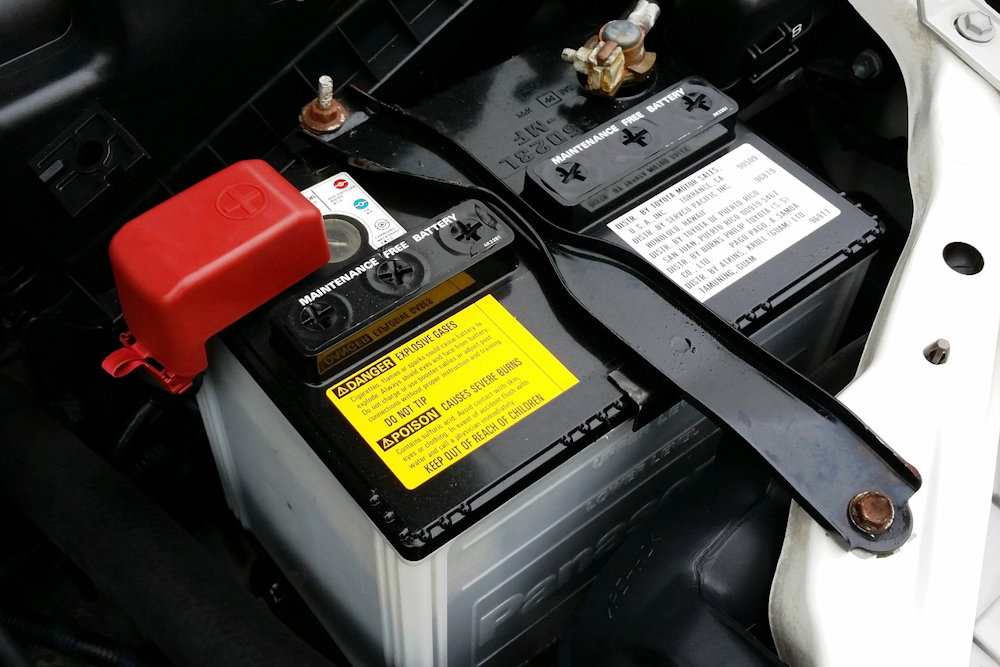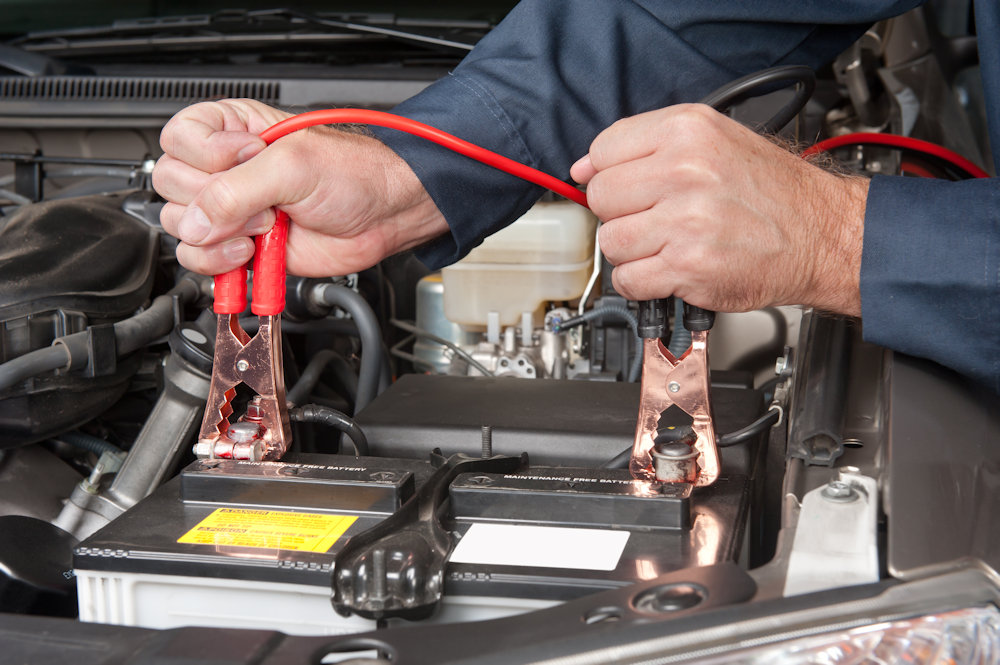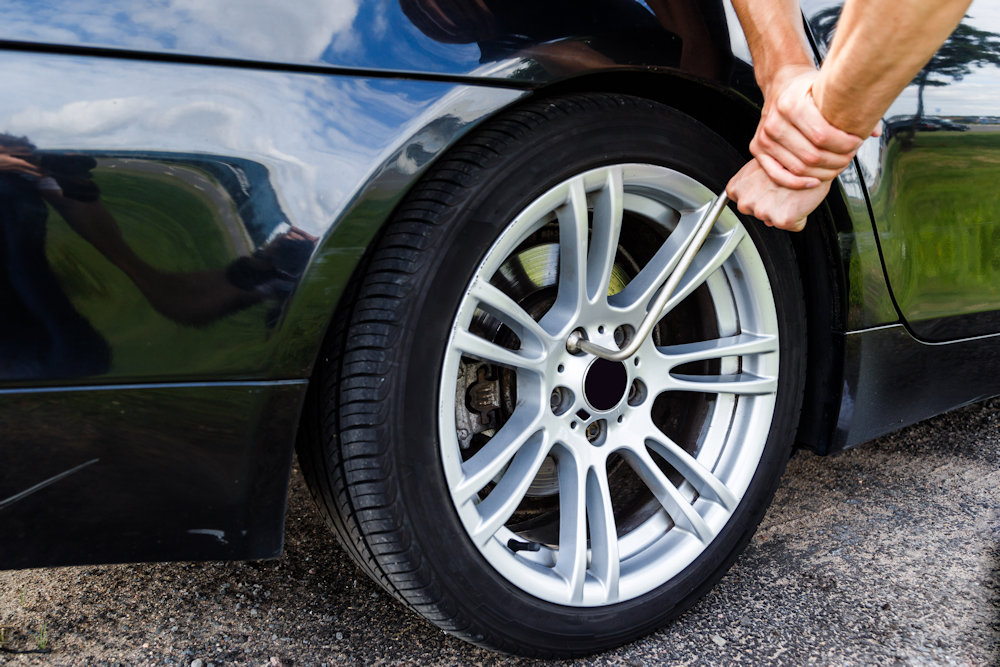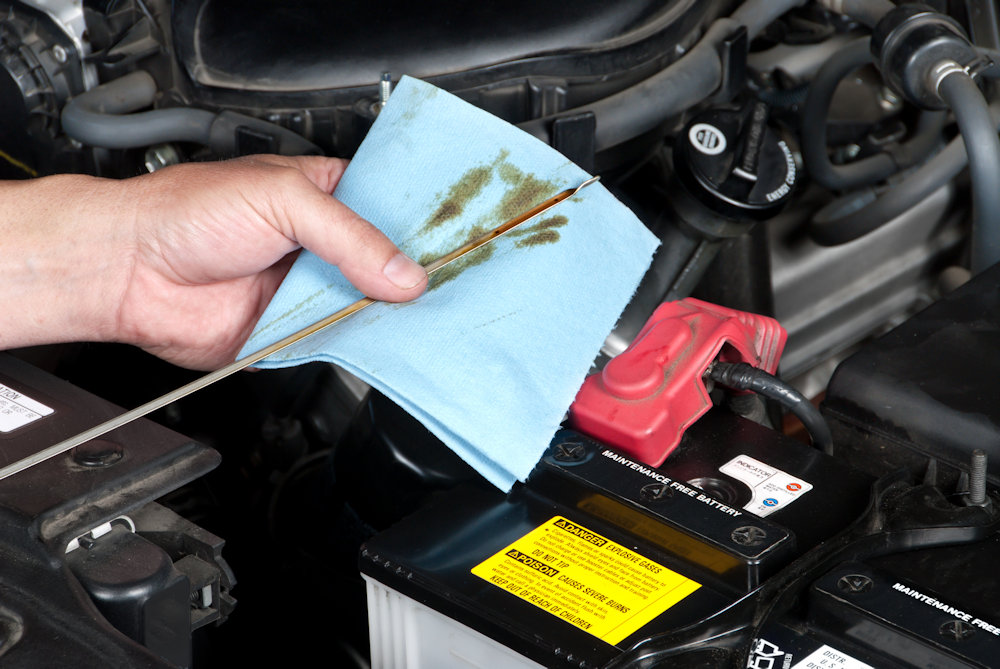
How to Pressure Test the Cooling System
Any time you open the cooling system and put it back together, you’ll want to pressure test the cooling system to check for any leaks. This is commonly the next step after performing a cooling system flush. The pressure test can also be done any time a leak is suspected.
You’ll use a cooling system pressure tester. If you don’t own one, then rent one from your local auto parts store. It will come with instructions. Generally, it attaches to the radiator where the radiator cap goes, and you pump it by hand until the pressure on the gauge matches the pressure that is written on top of the radiator cap. Typically on a modern vehicle this pressure is between 13 – 16 psi. Let the vehicle sit with this pressure for 20 – 30 minutes. Then inspect the entire cooling system for any leaks and check the gauge on the pressure tester for a change in pressure. If there is less pressure than before, then there is probably a leak.
After attaching the pressure tester to the cooling system, you’ll also want to pressure test the radiator cap. There should be an adapter that comes with the set. You’ll apply the adapter to the tester, then the radiator cap to the adapter. Pump it by hand to the pressure indicated on the cap, the same way it was performed when pressure testing the cooling system. If there is a leak, then it may be more immediately noticeable. If no leak is immediately noticeable, then it doesn’t hurt to leave the pressure applied for a few minutes. If the pressure does not go down, then the cap is in good shape. If the pressure does go down, then you need a new cap.
Other items to remember regarding the cooling system:
- Never open the cooling system when the engine is hot. The coolant will burn you.
- A cooling system flush can be performed about every 100,000 miles on modern vehicles or sooner if the coolant is dirty upon inspection.
- A cooling system flush and/or repair of a leak in the cooling system may not correct an overheating issue with the engine. This should be checked by a professional.
If you prefer to have a professional auto technician pressure test the cooling system, then you may be able to find one that offers free quotes in order to avoid the tool rental fee. Also, if you pressure test the cooling system at home and you’re not experienced in repairing the cooling system, then you may need a trusted professional nearby to help you repair it. If you live in the area and would like just such an offer, Crawford’s Auto Repair is located at 2855 S Alma School Rd, Suite 107, Mesa, AZ 85210. We offer free shuttle service, free quotes and a price match guarantee. We’re certified technicians with over 35 years of combined experience and we treat each vehicle as if it belonged to our own mother.
How to Pressure Test the Cooling System is an original article from Crawford’s Auto Repair. Copyright © 2014, Jeff Crawford. Permission is granted to republish this article (text only) for personal or commercial use as long as the content, citation, and copyright notice all remain intact and unchanged. There must be an active “follow” link to CrawfordsAutoService.com. Any image seen with this article is the property of it’s respective author and requires it’s own permission.
![]()
How to Pressure Test the Cooling System is licensed under a Creative Commons Attribution-NoDerivatives 4.0 International License.






No Comments
Sorry, the comment form is closed at this time.